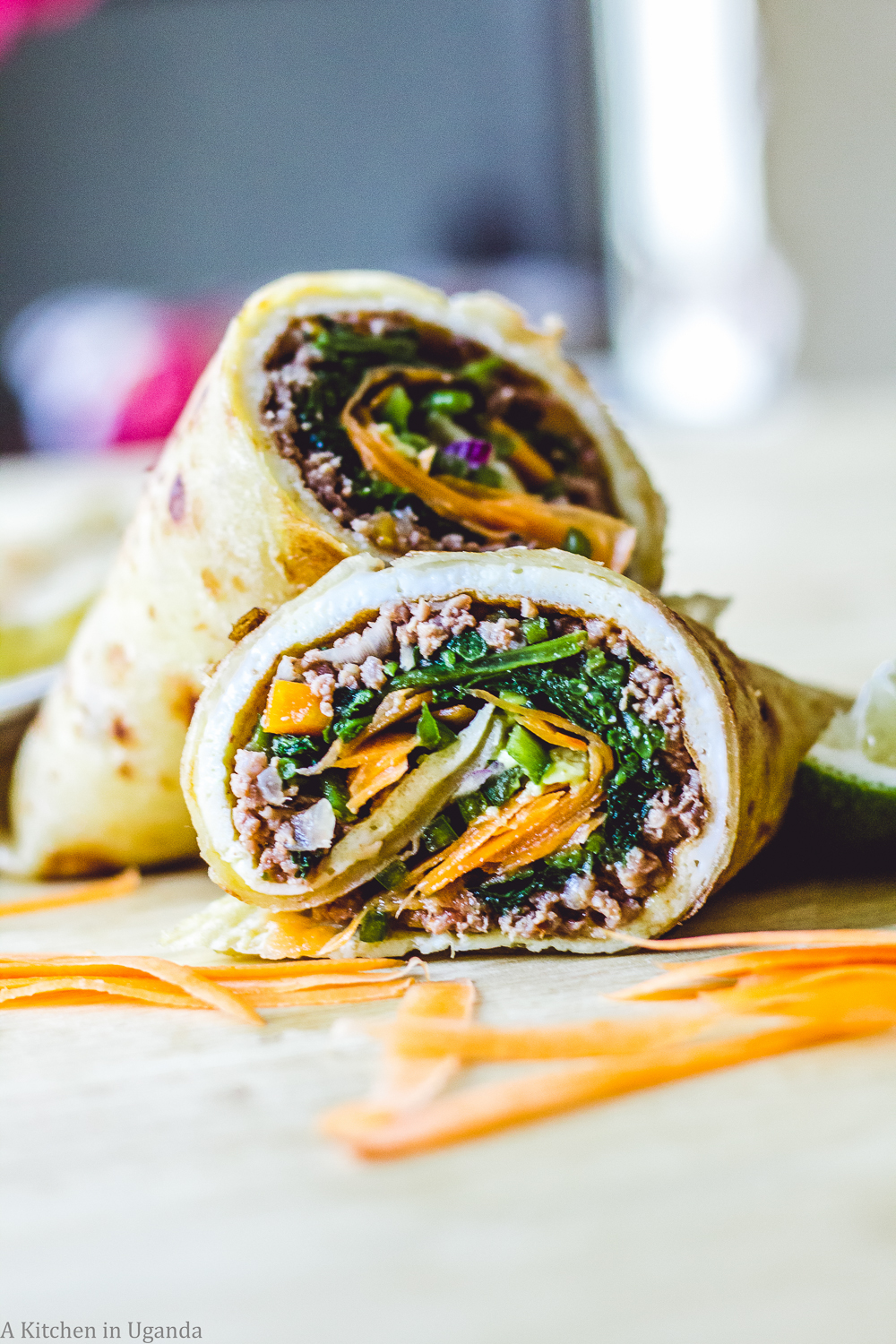The Nile Perch, locally known as ‘Empuuta’ is a savory fish – a delicacy with an undeniable impact on Uganda’s economy and food security. The fish is also known as the African Snook, Goliath perch, Goliath Barramundi, African Barramundi, Giant Lates, and or Victoria Perch. Quite a list of names, yes, but one would not blame whoever devised them – a worthy cause.
Nile Perch dwells in freshwater including lakes and rivers and is popular in Uganda, Kenya, Tanzania, and other Central and West African countries including the Congo, Senegal, Niger, Chad, and most of the Volta region. In Uganda, the fish is from lakes Victoria and Kyoga with quality high and lower respectively.
Despite the fact that the Nile Perch is a favorite of many Ugandan locals, the vast majority would admit that it is incomparable to tilapia, which is regarded as the finest in taste. The Nile perch, however, has a more significant effect on the economy of the country as it is large, can be up to two meters in length, and can weigh as heavy as 100 to 200 Kilograms; thus earns more income.
According to a journal ‘The Nile Perch in Lake Victoria: Local Responses and Adaptations.’ by Robert M. Pringle, ‘the Nile Perch was first introduced into Lake Victoria, its adjoining rivers and lakes in
the early 1950s as part of a birfacted effort by colonial fisheries officials in Uganda to widen the range of ‘fine sporting and edible fish’ and to boost the economic productivity of Lake Victoria’s fisheries, which had until then revolved around the tilapia and other small fish.’
Pringle further reveals that ‘the British Colonials also found it rather ironic and bothersome that Africa’s largest lake, Victoria, contained some of the continent’s smallest fish, thus colonial fisheries managers could not find an economic use for what they popularly called ‘trash fish’- an opportunity for them to introduce the Nile Perch arose.
But whilst the fish is popular, it is also noted for its score in driving other species of native fish to extinction, and for distorting the Lake’s eco-system.

“…so much of Lake Victoria’s species diversity has been lost within one generation”- biologist E. O. Wilson (1992) called this process ‘the most catastrophic extinction episode of recent history’.
Nile Perch, A savory Meal and profitable trade!
The Nile perch is heavily consumed for its ‘swim bladder – maw, locally known as ‘Ennuni’ served in soups and stews, thus a heavy demand for it in the market place. The maw helps the fish to balance in water, while swimming. In the past, concerns have been raised that the Nile Perch is being over-fished and could easily just disappear from Lake Victoria. Talk of the prey being preyed on!
Right from catching the Nile perch, to trading the fish off-shore and elsewhere is lucrative business. It has been reported that the business is so profitable to such a degree that the local traders do not even disclose how much they earn, opting for a low profile.
‘Fish Maw’, or dried swim bladder, is what makes this trade profitable beyond measure, as it’s heavily demanded by the Chinese, to whom it’s a delicacy used in soups and stews, and a source of collagen! It is also used to make surgical sutures, water resistant glue, it is used in production of isinglass – a refining agent involved ion manufacture of beer and wine.
What is also interesting is that the ‘maw’ is not popular to the Ugandans, but to Chinese and other Asians. In an article ‘Uganda Gives World Scarce Fish Maw’ for the New Vision paper in June 2022 as written by Christopher Bendana, he shares that in the past, fishermen and fish traders in Uganda used to sell fish, and throw away the maw. Later, the Indians would show up and refuse to buy fish whose insides had been removed.
It would only be a long while later that Ugandan fish traders would discover that the Indians were brokering maw to the Chinese. So the Chinese hoodwinked the Indians and connected to local fish traders, thus eliminating the Indians as middle men. Now the Chinese have established firms and a reputation well enough to enable them direct and organized access to maw, and the fishermen and traders have been getting a reasonable profit off their proceeds.
So whilst the Maw is profitable, it is not the Ugandans or other African locals that consume it, but rather the Chinese who export it to Hong Kong and mainland China. The narrative has since changed from fish being the main delicacy for trade, to maw, as it is more profitable. This is where the catch is!
Bendana also reported that according to the East African Community Lake Victoria Fisheries Organisation report, the East African Region earned one hundred fifty-seven million dollars ($ 157m) in 2019 from one thousand six hundred forty tons (1,640 tons) of Maw export. The report added that International prices for dry maw were at eighty to one thousand United States Dollars ($80 – $1000) a ton.
Moreover, the Chairperson of Uganda Fish Processors and Exporter Association Sujal Goswami 2021, is alleged to have told Ugandan Members of Parliament that Ugandans should eat Tilapia and leave Nile Perch for export. Ha-ha, the irony!
Some amazing facts:
- Uganda is one of the top maw sources in Africa
- Maw quality from Uganda ranked number four globally, as of June 2021
- Ugandans don’t eat maw or consider it a home delicacy.
- Fish is not a delicacy (For the Econony or the Asians)! It is the ‘Fish Maw)
So now you have learned about Nile Perch, as a delicacy and business in Uganda. Have you got any questions or comments? Let us know if you would like to know more or even share more about this subject or any other in the comment section, or you can connect via email. We would love to hear from you


